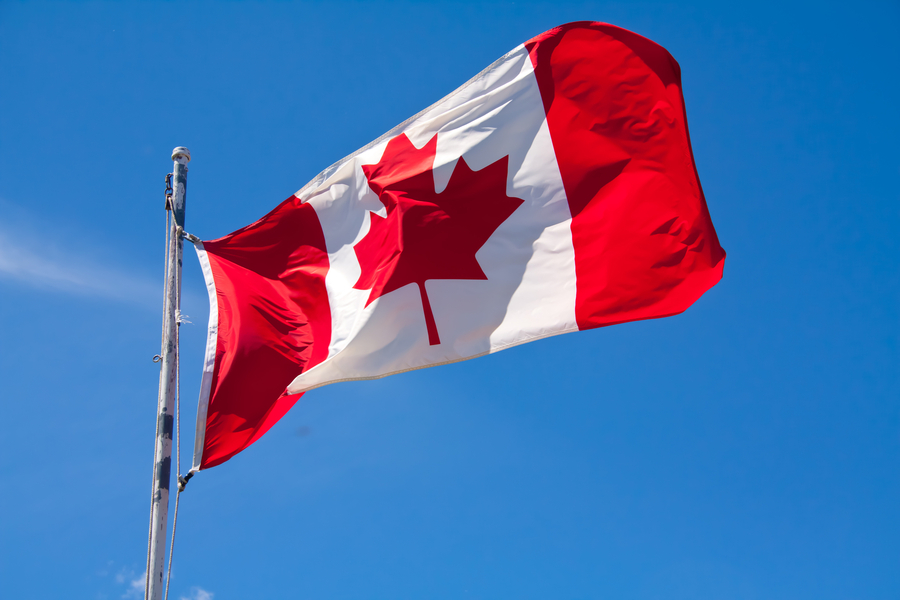With the federal election looming in a month’s time, the Canadian Rental Housing Index—a national partnership between credit unions, housing and municipal associations—is sounding the alarm on the country’s worsening rental crisis.
The hardest-hit provinces are Ontario and British Columbia, but electoral districts really feeling the crunch can be found in Quebec, Nova Scotia and Manitoba. The Index gathered data from the 2016 long-form census from over 800 Canadian municipalities and regions, as well as 338 federal electoral districts.
Thirty-nine percent of Willowdale renter households spend at least 50% of income on housing, followed by Thornhill and Richmond Hill at 33% and 32%, respectively.
“These numbers clearly demonstrate why Canadians and housing advocates have been calling on our political leaders to take more immediate action to address the affordability challenges impacting so many families and individuals across the country,” Jill Atkey, CEO of BC Non-Profit Housing Association, said in a statement. “Whichever party forms the next government will need to increase the investment into the National Housing Strategy in order to achieve its goals before this crisis gets even worse.”
In February, the federal government announced a $40 billion investment to combat homelessness and improve access to affordable housing across Canada.
“Having a roof over our heads is something many of us take for granted, but for others, it’s not only top of mind, it’s everything. By investing in affordable rental housing, temporary shelters for people who are living on the streets, and support centres for women battling addiction, we’re not just investing in our communities—we’re investing in people. Because every Canadian deserves a safe and affordable place to call home,” Prime Minister Trudeau said at the time.
But the Index’s data shows that, between 2011 and 2016, 24% of immigrant renter households struggled considerably, and a third of them livef in overcrowded accommodations, which was three times the Canadian average.
“The data clearly demonstrates that our political leaders have not been able to find or implement meaningful solutions to the affordable housing crisis, and Ontario now has the dubious honour of being harder hit than anywhere else in the country,” said Ontario Non-Profit Housing Association’s Executive Director Marlene Coffey.
The Index also revealed renters under the age of 30, as well as seniors, are at greater risk of living in unaffordable conditions, as 23% of young renter households spend too much on rent and almost half of senior-led households spend more than 30% of their income on rent.
Neil Sharma is the Editor-In-Chief of Canadian Real Estate Wealth and Real Estate Professional. As a journalist, he has covered Canada’s housing market for the Toronto Star, Toronto Sun, National Post, and other publications, specializing in everything from market trends to mortgage and investment advice. He can be reached at neil@crewmedia.ca.









